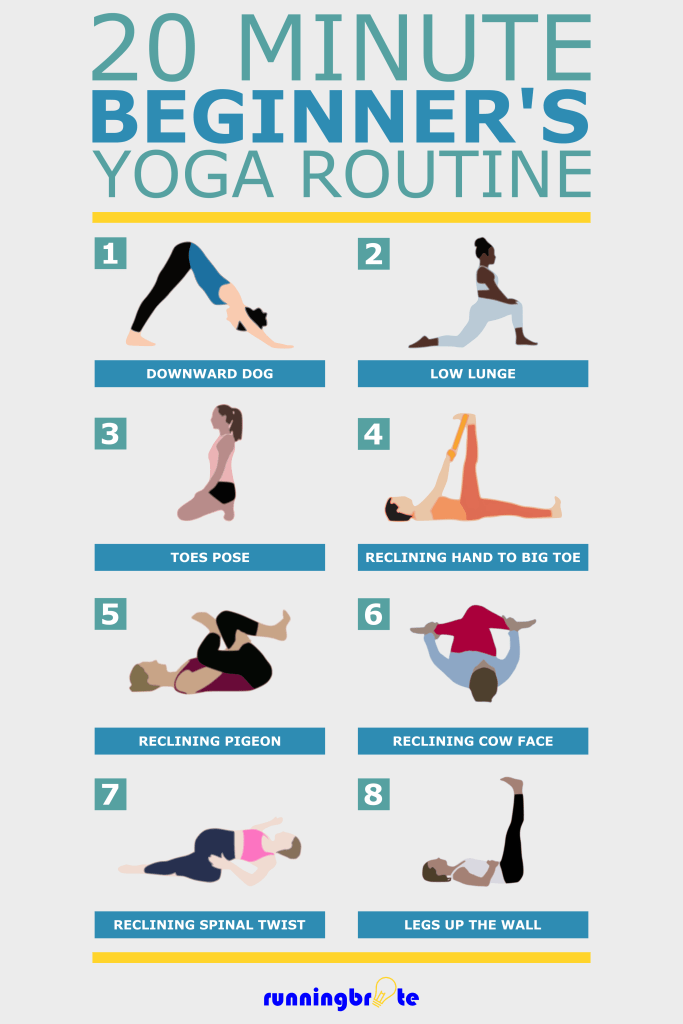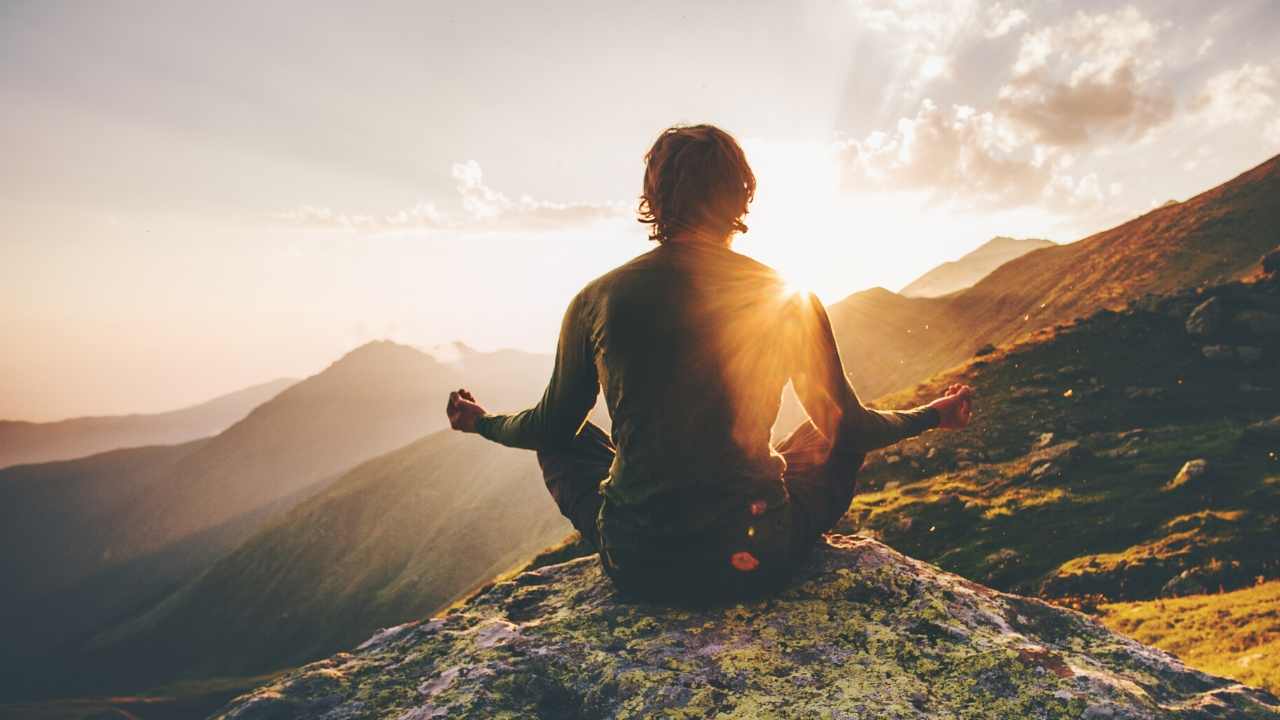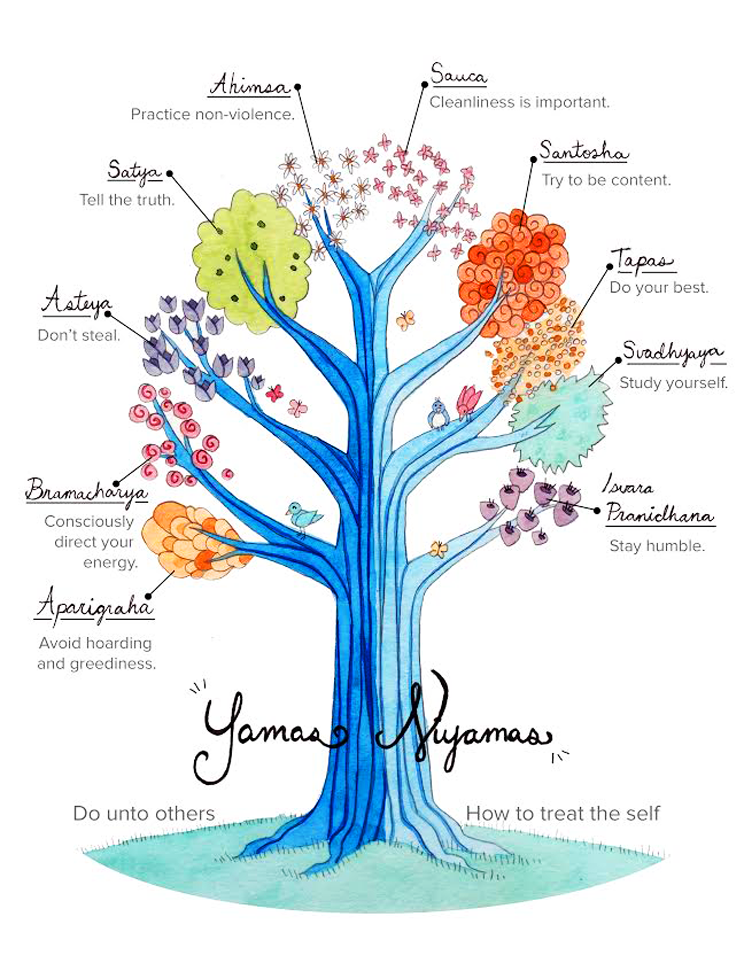
Pranayama's effect on blood circulation and oxygen availability is one of its many benefits. It helps reduce pressure on the muscles and calms your nervous system. Pranayama is also good for the immune system. Pranayama is an excellent addition to any yoga practice.
Pranayama improves blood circulation and oxygen ability.
Pranayama refers to a series if breathing exercises that improve oxygen supply and circulation. It also decreases activity of the sympathetic nerve system. These exercises allow for relaxation of the smooth blood vessels which in turn increases blood flow. The body benefits from increased blood flow because it allows it to remove waste products faster and regenerate more quickly.
Pranayama is an important aspect of yoga. Pranayama can be used as a form or exercise to increase the energy flow throughout the body. According to traditional yogic texts, pranayama involves four major aspects of breathing: inhalation, exhalation, and relaxation. Three pranayama techniques were examined in detail in this study. They were alternate nostril breathing, voluntary inner breath retention, abdominal muscle stretching, and

Pranayama helps the body get rid of various ailments. One of these breathing techniques is called kapalbhati pranayama. It's done in a sitting position and involves inhaling to count and exhaling to count. The length of the inhale and exhalation can be increased gradually. This exercise also strengthens accessory breathing muscles such as the intercostals.
It keeps the pressure off your muscles
Pranayama (breathing technique) can relieve the pressure on your muscles. It relaxes both the mind and body. Pranayama is a great way to relieve stress and anxiety. The exercises take approximately five minutes each and can easily be repeated as many times necessary. Pranayama should always be done at least ten to 15 times per day to help reduce stress.
Pranayama is also good for digestion. The body can filter out air better and absorb nutrients. Pranayama can help improve your cognitive functioning, calm anxious thoughts and increase awareness of the present moment. Regular practice can help with PTSD symptoms. This is especially helpful when trigger events like traumatic experiences occur.
Pranayama, a form of ancient breathwork that promotes mental as well as physical health, is called Pranayama. You will learn a variety different breathing techniques that help to lower the muscle pressure. These techniques improve lung and heart function, as well as your blood pressure.

It helps calm down the nervous system
Pranayama is a breathing technique that can be used to help calm down the nervous system. These breathing techniques can help to calm an overworked head by inflating and sending signals to the brain to activate both the parasympathetic and sympathetic nervous systems. They have also been known to help with digestion and circulation.
Pranayama can help prevent stress by calming the nervous and nervous systems. The stress response is designed to help the body survive in dangerous situations, but it can become harmful when it is used to cope with everyday stress. It is believed that it can improve cognitive flexibility as well as working memory.
Pranayama is an important part of a yoga practice because it helps to promote inner peace. Breathing exercises can help you with anxiety, depression, and mindfulness. Surya Bhedan, a right nostril breathing technique that can reduce depression, is also a good option. The rhythmic beats of this breathing technique can be very relaxing.
FAQ
Is yoga safe enough for everyone?
Yoga is safe for all ages, genders, ethnicities, and abilities. Yoga has been practiced over thousands of year without any side effects.
Before you start a new exercise program, make sure to check with your doctor if you have any medical conditions.
Are there classes that I can take with other people?
This depends on the class. Some teachers only offer private lessons. Others provide group classes where students can interact with one another.
Some studios offer small classes called "classes in a class," which allows you to meet people with similar interests.
Which yoga pose is the best for beginners
Many yoga styles and poses can confuse beginners.
The most popular type of yoga is Hatha Yoga which focuses on physical fitness and stretching. It can help you relax and improve your concentration.
Kundalini Yoga is another popular style that involves meditation and breathing techniques. This practice can have many health benefits, including improved flexibility, balance, and strength.
Yin Yoga is another option for beginners who want to focus on relaxation and calming their minds. Yin Yoga emphasizes the importance of holding postures or poses for longer periods.
What are the differences in Hatha, Ashtanga and Vinyasa Yoga, Power Yoga, Kripalu or Bikram? ?
There are many styles of yoga. Each type of yoga offers a unique way to achieve balance in your life.
These are the most popular yoga forms:
Hatha - This involves stretching and poses that focus on core strength and flexibility.
Ashtanga - This focuses on slow-paced movements that build strength and stamina.
Vinyasa: This style of yoga allows you to deeply breathe and has fast-flowing sequences.
Power - This type of power yoga includes more difficult moves.
Kripla – This form of yoga dates back thousands years.
Bikram - This type of yoga is practiced in heated rooms.
Can I do yoga every single day as a beginner and still be able to practice?
Yoga is an excellent way to strengthen and stretch your body. It also helps you relax and release stress. To start yoga regularly, you don't need to be an expert. It is recommended that beginners practice yoga at least 20 minutes each day.
This is enough time to get started. After that, you can gradually increase the time you spend practicing.
What are the best yoga mats?
There are many options for yoga mats. Consider the size, price, and longevity of your choice when choosing a yoga mat.
A high quality mat will not only protect your floor from scratches but also be thin enough to allow you to move quickly.
You may find that a cheap mat does not provide enough support.
Statistics
- According to calorie estimates calculated at Harvard Medical School, the average 125-pound person burns about 120 calories in a half hour of hatha yoga, and a 185-pound person burns about 178 calories in that half hour. (everydayhealth.com)
- About one in seven U.S. adults practiced yoga in the past 12 months, according to a 2017 national survey. (nccih.nih.gov)
- Gentle yoga has been shown to ease some of the discomforts of tender, swollen joints for people with arthritis, according to a Johns Hopkins review of 11 recent studies. (hopkinsmedicine.org)
- The American Psychological Association recently shared that 84% of American adults feel the impact of prolonged stress (5). (healthline.com)
- The people in the yoga group were 37 percent more likely to have quit smoking by the end of the 8-week program. (nccih.nih.gov)
External Links
How To
Is yoga a great workout?
Yoga is not just for people looking to lose weight. Yoga is not just for those who want to lose weight. It helps them develop flexibility and balance.
Yoga isn't just exercise, but an art form. They are used to relax and meditate. They help us to improve our posture, concentration, and breathing.
A "yogi" is someone who practices yoga. Yogis follow various forms of yoga, including Hatha, Ashtanga, Iyengar, Vinyasa, Bikram, Kundalini, Yin Yang, and Restorative.
There are many kinds of yoga. However, all share similar goals. Each style focuses on different aspects. You can choose from meditation, pranayama or Hatha yoga.
There are some yoga movements that don't require equipment.
-
Sun Salutation - This series of 12 postures starts with a forward bend, followed by 10 other poses.
-
Warrior Pose: While holding a stick, or staff, you can do a warrior pose.
-
Triangle Pose – To achieve this pose, you need to raise one leg and then bend at the knee.
-
Standing Forward Bend: This pose involves sitting straight up on the ground and folding forward at your waist.
-
Seated Twist- This pose is performed while sitting on a seat or mat.
-
Cobra Pose is a position where you lie on your side, with your arms in front.
-
Child's Pose – This is the position where you lie face-up on the ground.
-
Cat/Cow Pose (Cat/Cow Pose) - This combination is similar to a cow or cat pose. Your upper body should be lifted off the ground while you are lying down. Place your hands on your shoulders and roll over to the side.
-
Head Tilt - This pose is done by tilting your head back and keeping your eyes closed.
-
Shoulder Stand – This position is where you stand upright while your arms are raised above and feet are raised above the neck.
-
Tree Pose – This is a pose where you kneel on your knees and place your hands underneath your shoulders.
-
Bow Pose: This pose requires you to bend forward from the hips, and then place your palms on ground.
-
Corpse Pose: This pose can only be held for five seconds.
-
Mountain Pose- You can call this mountain pose because your spine is straight up and you are tall.
-
Legs up the wall Pose - This is a pose where you hang upside-down from a brick wall.
-
Side Angle Pose -- This pose requires you to lean against a wall and place your right arm in front of the wall.
-
Plank Position – When you are lying flat on your stomach, and your left arm and right leg extend apart from one another, this is called the plank position.
-
Bridge Pose – This is a pose where you balance on your elbows, and toes.
-
Reverse Table Top Position - You can achieve this pose by lying on your stomach and reaching towards the ceiling.
-
Handstand – This pose requires strength and balance. This pose can be done by placing your hands between two walls, or using a door frame.
-
Half Moon Pose is also known by the name Hero Pose. It is performed by standing on your hands and toes.
-
Headstand (or Handstand) - This pose requires excellent balance and strength. This pose can be done on a wall, or by using a doorframe.
-
Forearm Balance -- This pose involves your forearms resting on top of a tabletop.
-
Spinal Twist- This pose involves lying on your belly and reaching your arms.
-
Supported Boundangle Pose – This pose requires balance. To support your body, you will need to locate a strong object such as a tree branch or an old beam.
-
Wide Leg Forward - This position involves extending your legs and touching your toes.
-
Single Pigeon Pose: This is a variation of the forward-folding wide-leg position, but with only one leg.
-
Extended Puppy Dog Poses - This pose can be very relaxing. You can do this by extending your legs and bending your knees.
-
Standing Forward Bend - This is a pose where you are seated cross-legged, stretching your calves and hamstrings.
-
Crow Pose is a difficult pose that can be very rewarding once you have mastered it. It is done by raising your arms above your head and lowering them until they parallel to the floor.